- You are here:
- Home »
- Blog »
- Articles News
- » A Beginner’s Guide To Foot Orthotics
A Beginner’s Guide To Foot Orthotics

Foot orthotics are orthopedic devices constructed using lightweight materials. These devices are inserted inside the shoes with a purpose of naturally restoring normal foot function.
Foot orthotics are used to naturally restore natural biochemical balance in the lower body caused by over-pronation. Over-pronation is a condition that occurs when the arch begins to flatten.
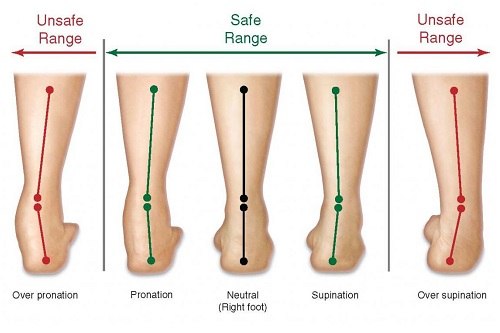
This causes your entire bodyweight to shift on your big toe, resulting in pain and inflammation. Individuals suffering from heel pain, lower back pain and knee pain are likely to suffer from foot orthotics.
Why Do We Need Orthotics?
It is estimated that around 70% of the population suffers from a condition known as overpronation that is caused due to flat feet and fallen arches. Patients may suffer from varying degrees of the condition.
For example, some patients may suffer from severe overpronation whereas the symptoms of others might not be as advanced and severe. Walking on hard surfaces can also increase the risk of overpronation due to fallen arches. Other factors, such as weak ankles, body weight and age, may also have an impact on your condition.
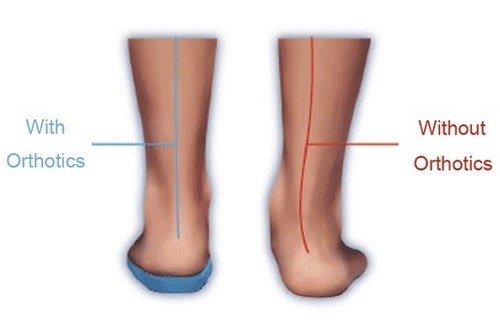
While over-pronation might not pose a serious threat, especially among young people, the condition must be treated to prevent further problems. Also, abnormal foot function as a result of serious foot problems, such as plantar fasciitis, heel pain and heel spurs, can result in severe illness and back pain.
Using foot orthotics can help treat problems such as over-pronation and eliminate other common pains and aches. Foot orthotics are an inexpensive solution that can help prevent serious lower body problems.
Who Can Benefit From Foot Orthotics?
The following are a list of people who can benefit from foot orthotics:
People Suffering From Foot Pain
It is estimated that over 75% of North Americans are likely to experience varying degrees of foot pain in their lifetime. Severe foot pain and often be painful and disabling. Fortunately, such problems can be treated by using right orthotics to alleviate pain and offer relief.
People Suffering From Knee And Back Pain
People suffering from chronic pain in their hips, lower back and knees might not respond to traditional treatment. If you belong to this category, perhaps the lingering pain may have something to do with feet function. If that is true, you may benefit from foot orthotics and mechanics. Using foot orthotics can often be useful for treating knee and back pain and relieving other symptoms.
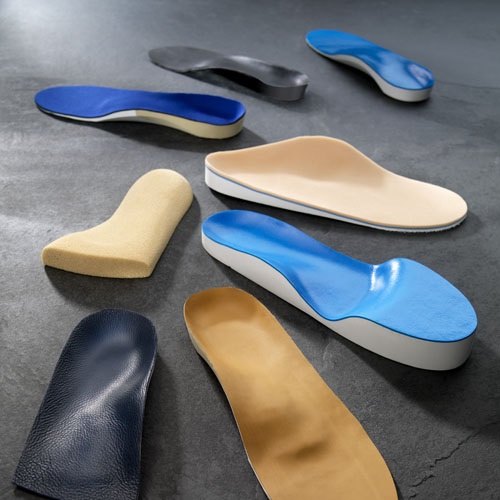
People Suffering From Diabetes
People suffering from diabetes are likely to experience nerve damage or neuropathy in the feet. This may result in sensation loss, making it difficult for patients to identify sensations, such as heat or cold. This can cause strain on other body parts. Fortunately, using foot orthotics can reduce the risks of such problems.
Athletes And Runners
Athletes and runners are almost always on their feet. Using foot orthotics not only enhances performance but improves muscle and bone alignment and increases efficiency of muscles, tendons and ligaments. This prevents injuries and increases efficiency.
Patients Who Want Maximum Comfort
Foot orthotics, such as insoles, help absorb and distribute shock. This provides relief from injuries and stress that one is likely to experience throughout the day.
How Are Orthotics Different From Regular Shoe Insoles?
Regular shoe insoles differ from orthotic ones in a number of ways. First off, regular insoles are only designed to provide shock absorption and cushioning effect.

While these insoles may feel comfortable at first, they are not equipped to address or tackle bio-chemical problems or prevent overpronation, whereas orthotics are functional devices which are designed to improve and correct foot function. Most orthotic insoles feature arch support that improves the overall alignment of your feet.
Foot Types And Orthotic Qualities
Orthotics can be roughly divided into two categories according to your foot type:
Rigid Orthotics
People who have flat feet or low arched feet are likely to benefit from rigid orthotic. Usually a painless condition, people may develop flat feet because of an injury or when the arches don’t develop during childhood. Rigid orthotic helps control motion in the foot. When investing in orthotics, ensure the material does not collapse under finger pressure and retains its shape. Additionally, ensure the orthotic offers good arch support.
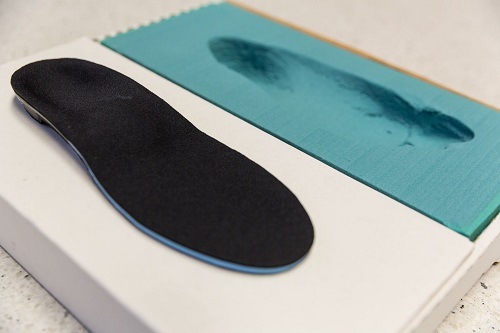
Soft Orthotics
On the other hand, people with high arched feet are likely to benefit from soft orthotics. Such types of orthotics are often flexible and provide ample cushioning. People with high arches benefit from shock absorbing materials that offer some level of stiffness. However, this type of orthotic needs to be replaced more often as the shock absorption capabilities begins to wear out.
How To Break Into Orthotics
Trying out orthotics for the first time can result in pain and discomfort. People may experience soreness in their legs, feet and lower back but the pain is supposed to subside after a few days of use. If you experience sharp and consistent pain, visit a professional to reduce the risk of injuries. Also, ensure the orthotics are of the right size or else you may encourage more foot problems.
Follow these simple guidelines to break in your orthotics:
- Get accustomed to using your new orthotics. Start by using them for a short amount of time while performing daily activities. Wear them with your regular shoes to school, work or while shopping.
- Begin increasing your wear time by 1 hour each day. For example, you may wear the orthotics for 2 hours on the first day, followed by 3 hours on the next day and so on.
- If you are experiencing soreness and discomfort, wear the orthotics for the same amount of time every day until the pain begins to subside. Once you start feeling comfortable, increase wear time by an hour or at least by half an hour.
- Do not use your orthotics in your running or sports shoes until you are comfortable wearing them while performing daily activities. Start using the orthotics for running and gradually increase wear time. This will give your feet enough time to adjust to the change.

What Are Prescription Custom Orthotics?
Prescription Custom Orthotics or custom-made orthotics are specially designed for your feet. These orthotics are created to offer patients maximum comfort and support. Prescription orthotics are crafted according to the patient’s feet and are designed to match the contours of your feet. This effectively helps treat foot ailments according to the patient’s needs. The devices are manufactured after a professional has carefully evaluated your ankles, feet and legs.
Individuals experience significant results as the orthotic is designed to accommodate their unique foot structure. Orthotics can be divided into two categories:
- Accommodative Orthotics: Such orthotics are softer and are designed to offer additional support and cushioning. They are beneficial for people suffering from painful calluses on the bottom of their foot, diabetic foot ulcers and other painful conditions.
- Functional Orthotics: Such orthotics are designed to control abnormal motion. They are beneficial for treating foot pain caused by abnormal motion. Functional Orthotics also offers relief from injuries, such as tendinitis and shin splits. These orthotics are typically crafted using semi-rigid materials, such as graphite and plastic.
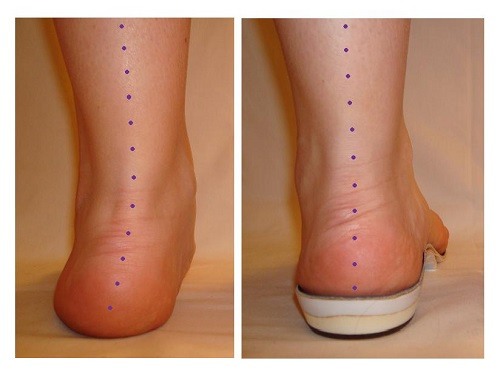
Factors To Consider Before Purchasing Orthotics
Here are a couple of factors you should consider before purchasing Orthotics:
Know Your Foot Type
Since there are several types of orthotics available in the market, it is imperative you select the best one after evaluating your foot type. A person must know whether they will benefit from extra cushioning or none at all. Some orthotics are firm and rigid while others are soft and flexible. Flat feet that typically suffer from overpronation are likely to benefit from firm arch support. This causes stability and support in the arch area of the foot.
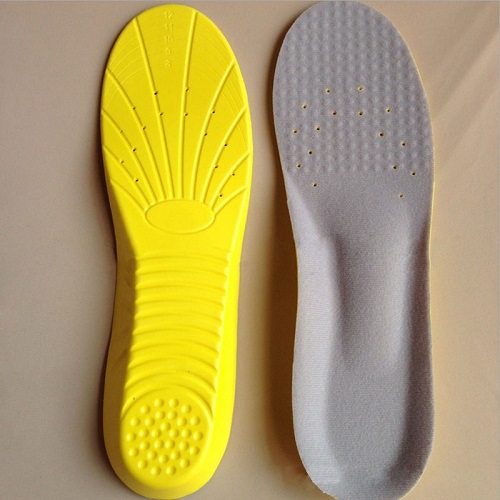
In contrast, people who have low arches are likely to benefit from extra cushioning as their feet lack the ability to absorb shock. Therefore, they are more comfortable with products that offer extra cushioning and support. In most cases, it is best to consult an expert who will help you choose the most appropriate product for best results.
Perfect Fit
It is important you invest in an orthotic that fits your shoes perfectly. Poor fitting will affect performance and will prevent the shoe insert from functioning the way it should. Additionally, the orthotics should be designed to suit your level of activity. Orthotics that can only be worn with certain shoes can expose the spine, pelvis and feet to unnecessary amount of stress. Thus, invest in a product that is designed according to your shoes and offers the perfect fit.
Footwear
What kind of shoes do you normally wear? It is essential you invest in orthotics that will pair well with your regular footwear. Standard orthotics might not fit contemporary dress shows and fashionable slip-ons. Most lace and running shoes can easily accommodate orthotics although you may have to remove the generic insert if your regular pair of shoes. Invest in orthotics that provide the perfect fit or consider replacing your shoes for more comfortable ones.
Level Of Activity
Are you constantly on your feet throughout the day? Active patients who constantly undergo recreational and occupational stress are likely to benefit from firm orthotics that will apply gentle pressure on their feet throughout the day whereas sedentary patients may benefit from soft and flexible orthotics that will cushion their feet.
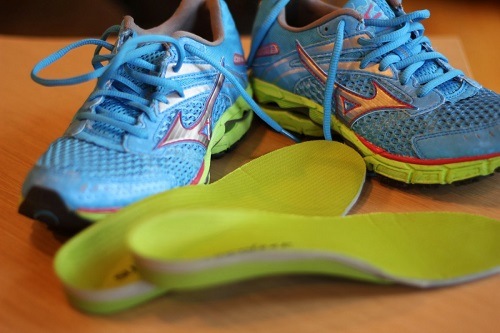
Some people can benefit from a combination of orthotics that are suited for varying levels of activities. Some patients will need to invest in a number of orthotics, each designed for various activities. Foot orthotics designed for high level activities are durable and sturdy.
Moisture-Wicking
Moisture can become your worst enemy on a hot day, especially perspiration on your feet. Wearing leather orthotics on a sunny or humid day can cause you to perspire excessively. Constant contact with foot sweat and moisture can cause your orthotic to corrode. In such cases, patients are advised to invest in a specialty orthotic designed to repel moisture and regulate temperature.
Medical Condition
Evaluate physical and medical conditions before investing in a type of orthotic. For example, people suffering from arthritis may not be able to withstand the pressure of firm devices. Similarly, patients suffering from diabetes are also likely to benefit from a softer and more flexible design, whereas patients with fallen arches will benefit from sturdier design and better heel support.
Body Weight
Obese patients are advised to select a firmer orthotic which is designed to withstand excess weight and biomechanical forces. The orthotic should feature a healthy combination of flexibility and firmness. Try out a range of orthotics to ensure you invest in the right one.
Durability
Over the counter orthotics are likely to cost a lot less than custom-made ones. While this benefits patients for a short period, over the counter orthotics only last a fraction of the time and are not as durable as custom-made ones. Invest in a quality pair that will last at least 6 months before it loses its structural integrity.

Replacing inserts and insoles is not just a big deal as they are likely to lose their shock absorbing capabilities and have to be replaced frequently, anyway. However, it is still advised that you invest in quality products that will be able to withstand wear and tear for a couple of months.
Visit A Professional
If you suffer from frequent or chronic foot pain, it is advised you consult a professional before investing in orthotics. A professional will be able to identify the problem and will be able to suggest a type of orthotic that is designed specially according to your needs.
Using the wrong product can result in worsening your foot problems, resulting in increased pain and discomfort. Patients suffering from plantar fasciitis and other foot problems should especially be cautious before using any sort of orthotic product.
Types Of Foot Orthotics
The different types of foot orthotics include:
Foot Orthoses
Foot Orthoses are inserts designed to fit inside a shoe. These devices provide support to the foot by realigning foot joints and redistributing ground reaction while performing activities, such as walking, running and standing. Foot orthoses can aid people with foot problems while also performing numerous benefits to the spine, hips and knees.

Everyone, from the elderly to athletes, can use foot orthoses. Using orthotics reduces the risks of biomechanical deformities and treats a variety inflammation problem, including plantar fasciitis. They can also be used in orthopedic shoes to prevent ulcers and used by diabetic patients.
Ankle Foot Orthoses
The Ankle Foot Orthoses (AFOs) is a specially designed brace that protects the ankle and foot. AFOs are used to limit motion and control the position of the ankle and the feet. This keeps the foot in a neutral position, corrects deformities and compensates for weakness. AFOs are commonly used to position a limb with contracted muscles, support weak limbs and immobilize the lower leg and ankle in the presence of a fracture and arthritis.
Flat Foot Orthotics
Flat feet orthotics are designed for people who do not have arches and the underline of the complete lines on the ground. It is quite normal for small children to have flat foot but their arches are prone to develop as they grow older. However, if the arches don’t develop by the time your child is 5 or 6 years old, you may have to invest in special flat foot orthotics.
Drop Foot Orthotics
Drop Foot is a condition where the patient is unable to raise the foot using the ankle joint. This makes it difficult for individuals to walk as their toes tend to drag on the ground, resulting in instability and tripping. Individuals may have to compensate by using their hip muscles to lift their feet off the ground.
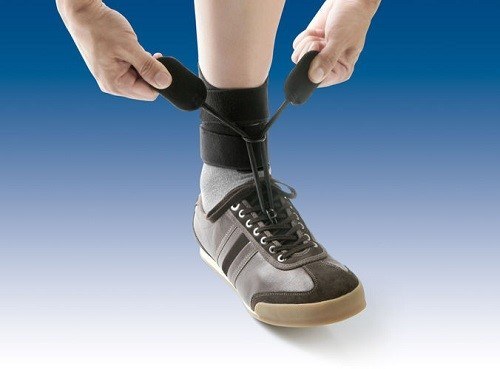
Drop foot is often treated with the use of foot braces. The brace is used to provide patients a more comfortable grip. Patients can also benefit from using drop foot orthotics or custom-made braces that are designed depending on each patient’s individual condition.
Orthotics For Ball Of Foot
The ball of the foot is the portion of the foot that rests between your toes and arches. Your body weight is automatically transferred to the ball of foot when you walk. Pain and swelling can occur if one’s body weight does not adequately align over the area.
Ball of Foot orthotics are designed for people who suffer from ball-of-foot pain caused by excessive pressure in that area. Orthotics for ball of foot are designed to separate and lift the long bones of the arches, which transfers pressure away from the ball of the foot.
Our Top Picks
*Notice: On mobile devices, scroll right to see entire table
Product Name | Rating | Picture | Learn More |
|---|---|---|---|
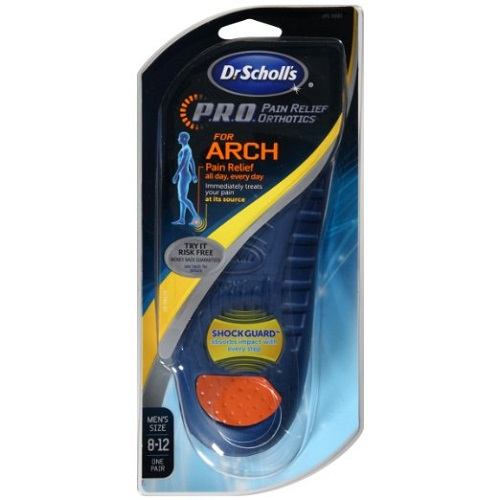
| |||
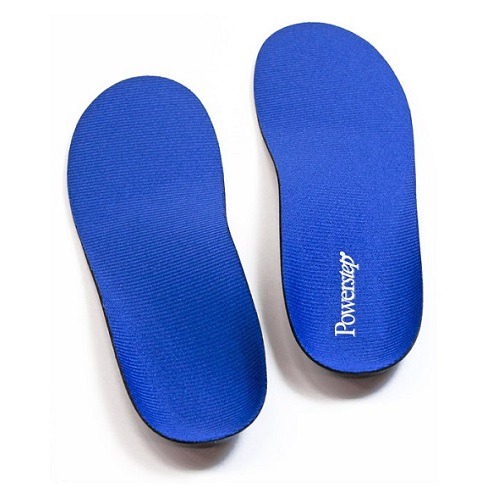
| |||
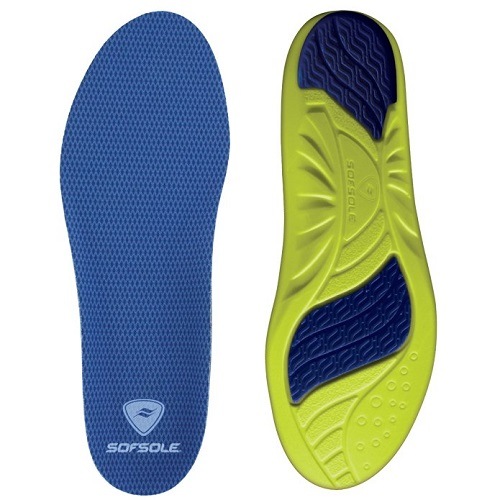
| |||
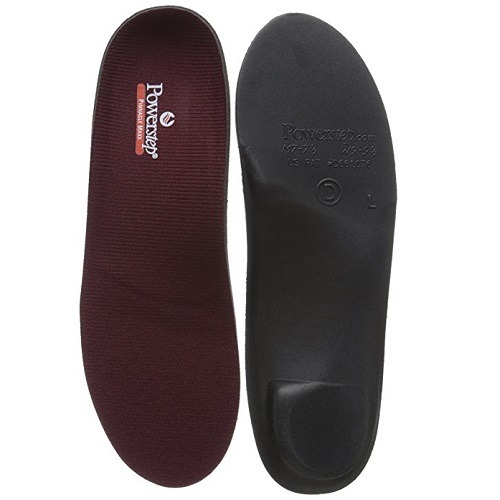
| |||
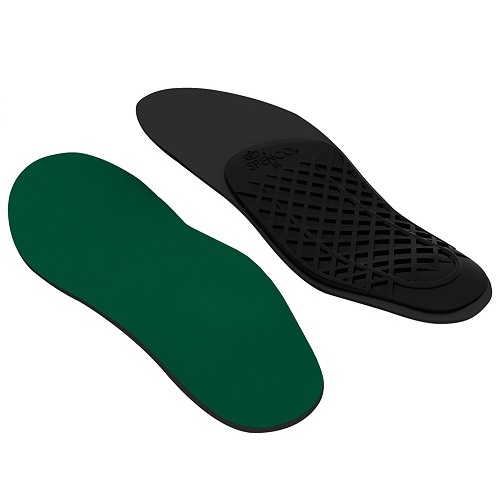
|
Unfortunately, a large number of people are prone to suffering foot pain. This can be caused as a result of foot abnormalities, a highly active or sedentary lifestyle. It is important you identify your condition and visit a certified healthcare professional before investing in a foot orthotic. There are several products in the market which are designed to ease foot pain, relieve pressure and improve foot alignment. Here are some of our top picks:
Dr. Scholl's P.R.O. Pain Relief Orthotics
Dr. Scholl's P.R.O. Pain Relief Orthotics is a clinically designed foot pain orthotic to relieve ball of foot pain. The product evenly distributes pressure with every step and reduces impact with every step. Individuals can use Dr. Scholl's P.R.O. Pain Relief Orthotics to prevent impact on the ball of foot area. This minimizes pain and discomfort.
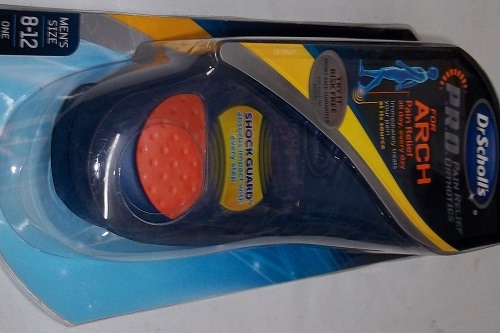
The product features an adhesive agent on the side, Individuals can peel off the plastic covering and insert it in on the soles of their shoes. Customers can use Dr. Scholl's P.R.O. Pain Relief Orthotics to add cushioning to their daily workouts at the gym. This not only minimizes the risk of injury but also promotes better foot health.
Powerstep Full Length Orthotic Shoe Insoles
Powerstep Full Length Orthotic Shoe Insoles are made using durable polyester materials. The insoles are available in a variety of sizes and measurements. The insoles offer heel cradle that supports your foot at every step of the way.
It also features dual-layer cushioning that cushions and protects your feet when you are performing athletics activities, such as walking and standing. Powerstep Full Length Orthotic Shoe Insoles easily fit inside regular shoes without the need for trimming.
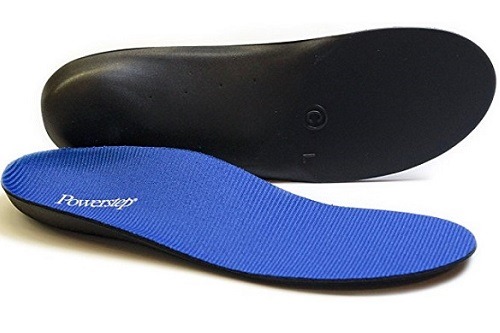
The insoles offer foot pain relief no matter what you pair them with. Powerstep claims to be the number 1 show insole brand recommended by podiatrists. The encapsulated design offers flexible movement while proving sufficient arch support. Best of all, the utra-thin, low-profile design makes it possible for individuals to pair the insoles with their casual, dress and athletic shoes.
Sof Sole Athlete Arch Replacement Shoe Insole
The Sof Sole Athlete Arch Replacement Shoe Insole is designed to improve performance and boost comfort while wearing regular shoes. The insoles feature a natural arch contoured design with is suitable for all kinds of people regardless of the level of activity they perform.
The gel pads add comfort to your heel and are best suited for casual and athletic shoes. Individuals can perform a variety of activities while using the insoles, such as running, walking, and cross training.
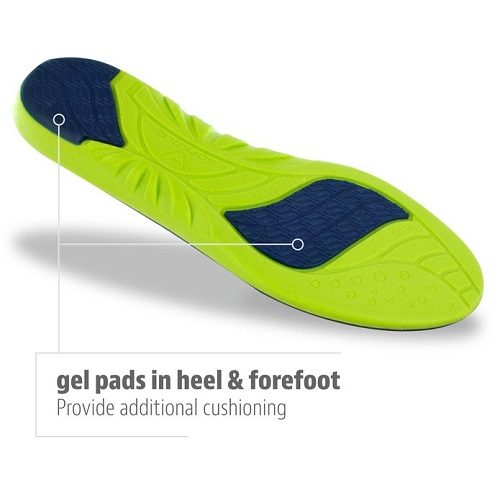
The flexible design fits most foot types and is supportive than other insoles in the market. Customers who used the product were quite happy with its results. Several customers left positive reviews and were quite happy with the product. Simple remove the insoles of your regular shoes and replace it with Sof Sole Athlete Arch Replacement Shoe Insoles.
Conclusion
These are a couple of factors you should consider before investing in foot orthotics. Using foot orthotics can help eliminate foot problems and ease foot pain.



